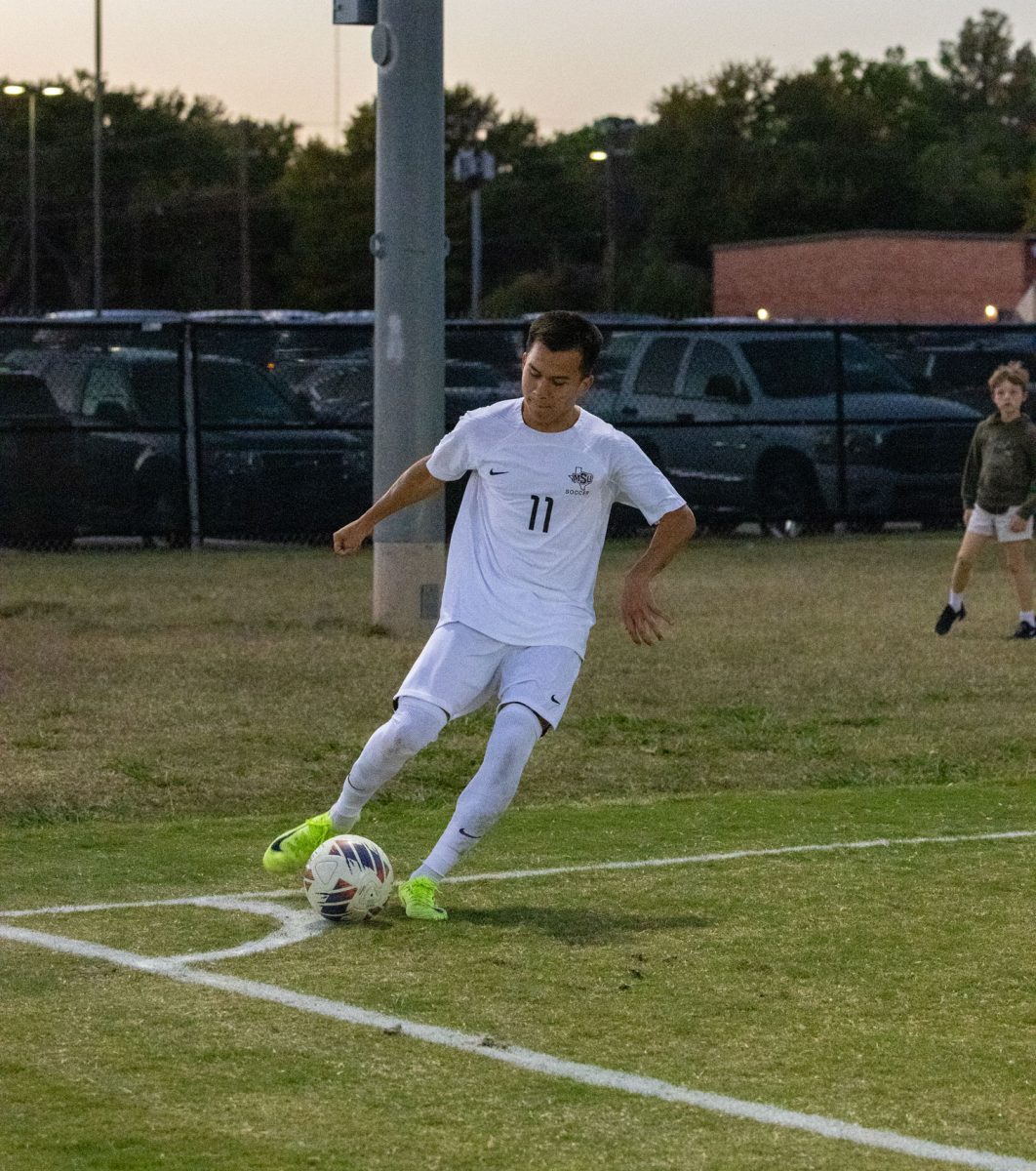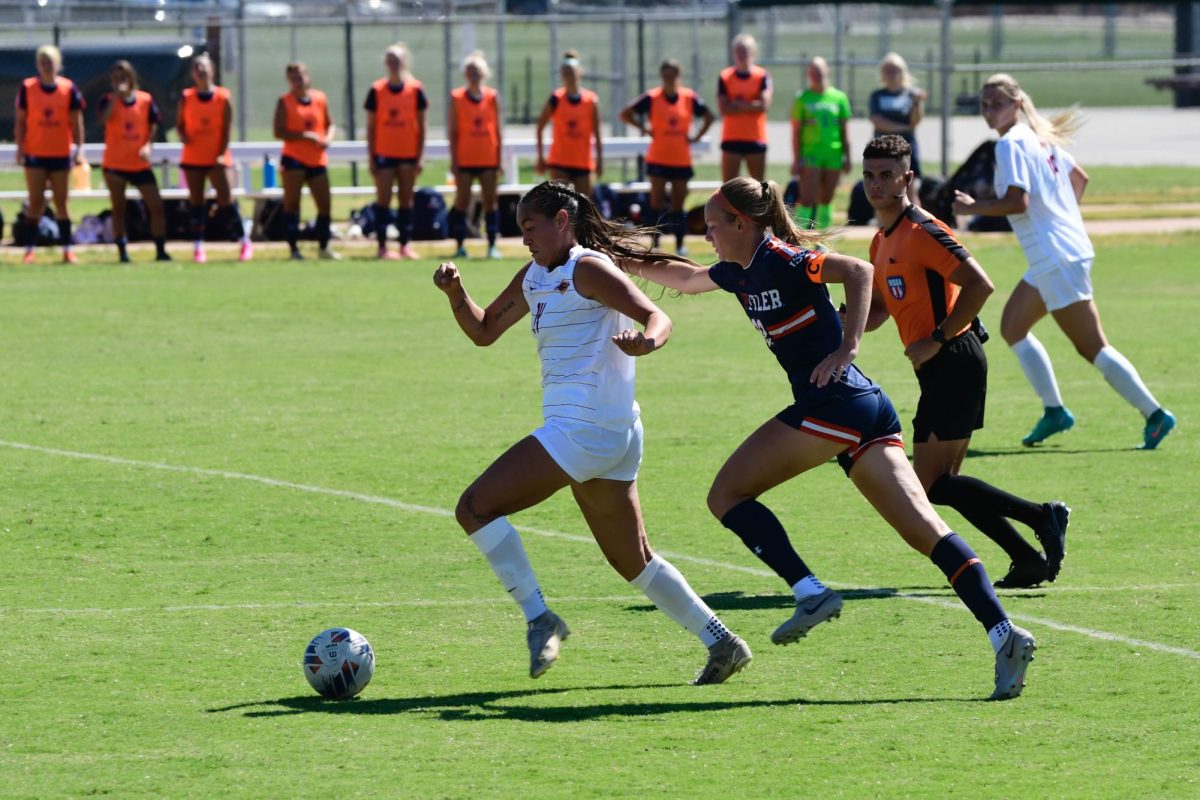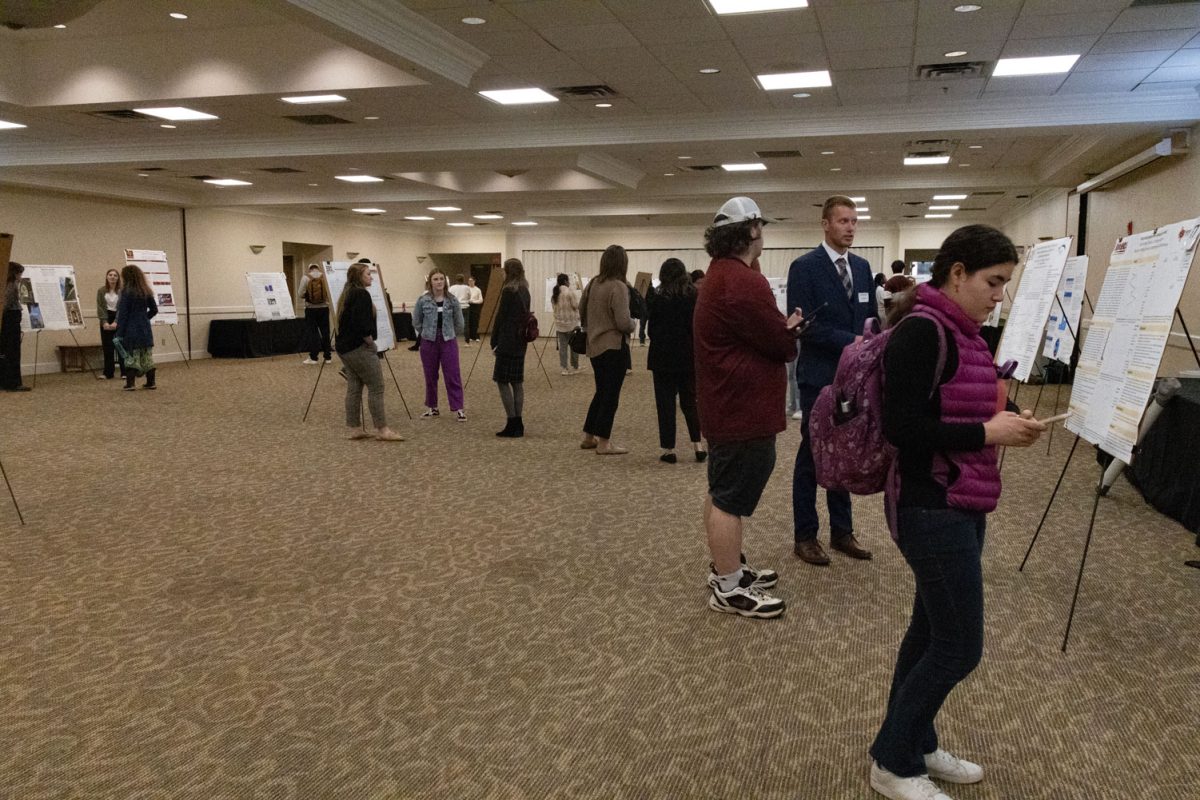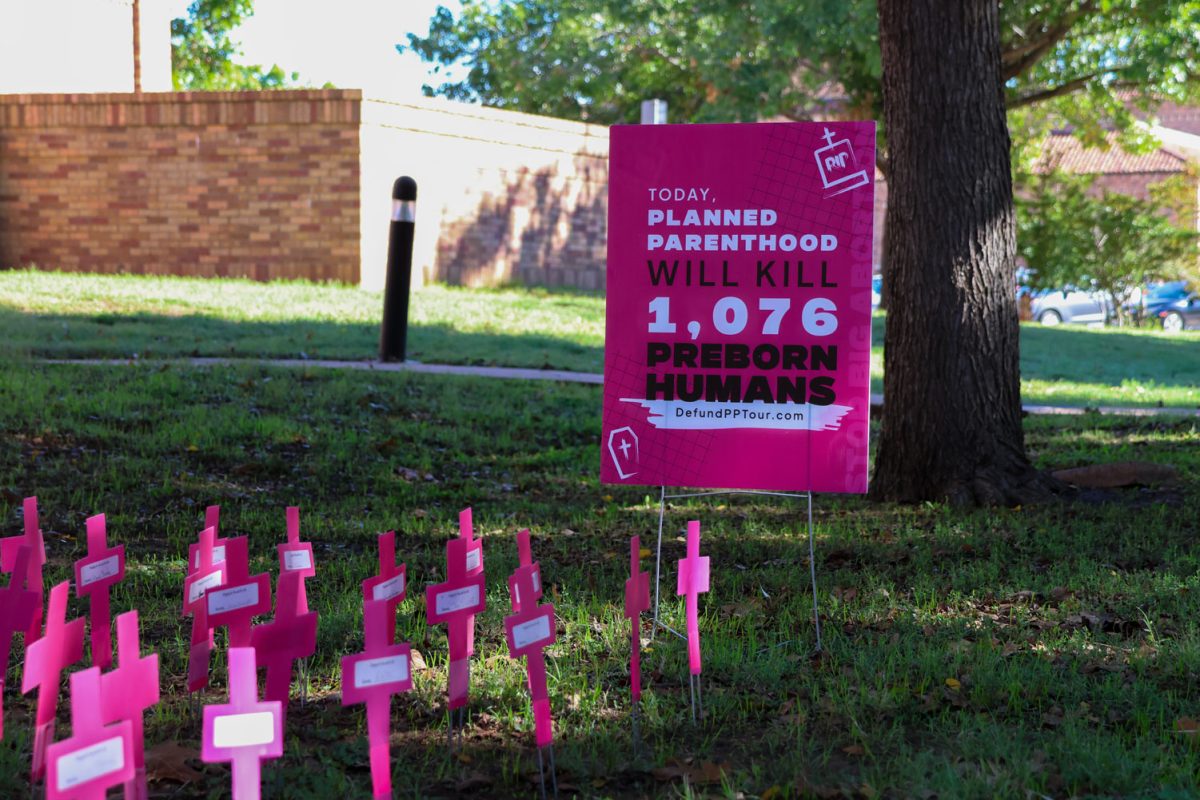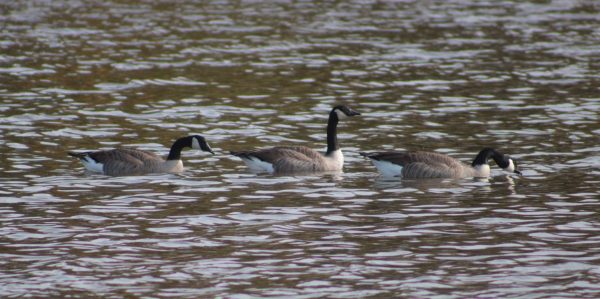
The goose population seen on campus this winter will not be here to stay.
As the year began to cool, gaggles of geese began to populate MSU.
However, these birds were different from their deceased counterparts.
Clay Shipes, a migratory game bird biologist, said that the geese seen on campus during the winter were migratory geese, a completely different subspecies than the resident geese of Sikes Lake.
“A migratory goose is one that will be down here during the winter but will then go up north during the spring summer time period, live out its life cycle, will raise young, et cetera up in the northern latitude,” Shipes said
These birds are inherently different from the resident geese, also known as “honkers,” that lived in Sikes Lake back in June. Migratory Canada geese, also called “cacklers,” are often smaller in size and have different dietary habits.
“They always have to feed,” Shipes said, “They have to feed grain heavy during certain times of the year or they have to build up their fat reserves so that they can fly south.”
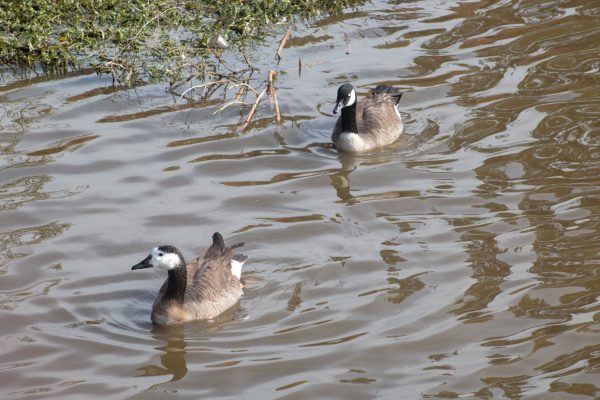
In stark contrast, resident geese are often much larger and do not have this same inherent need to eat. They are not programmed to go back north for winter, so building up fat reserves isn’t a necessity.
“A resident goose basically just maintains body condition,” Shipes explained, adding, “Throughout the summer they’ll put a little bit of fat on to get ready for the winter, that type of thing, but they love golf-courses, they love lawns, they love, just any type of green shoots, grass, things like that. They don’t have the ecological or evolutionary drivers of a migratory goose.”
Elizabeth Machunis-Masuoka is researching antibiotic resistance with a focus on the resident geese in Sikes Lake. She found that the microbiomes in the stomachs of resident geese are different to their migratory counterparts.
“One of the things we have also noticed is that if you look at resident birds, so birds that are around people a lot, their gut microbiome starts to take on characteristics of humans,” Machunis-Masuoka said, adding, “So you start to see they carry more E. Coli. But if you look at geese that are remote, away from people, E. Coli is not their dominant gut bacteria.”
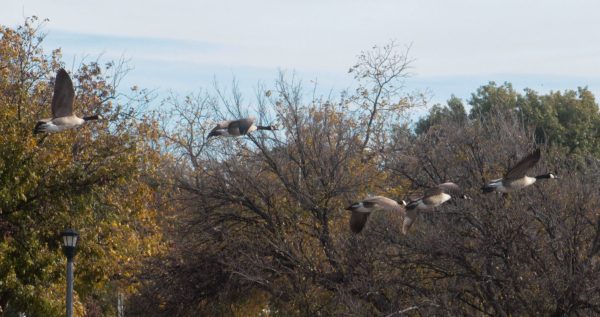
But why do some Canada geese migrate while others take residence in places like Wichita Falls?
Cacklers tend to migrate due to weather patterns and food.
“It’s basic waterfowl migration, water freezes up so they don’t have access to water and snowfall, so they feed in agricultural fields around. So, enough snow falls on those fields so they can’t access those resources so that’s the historic driver for migration,” Shipes explained, adding, “Basically they can’t find the basic food resources they need to survive, so they come south.”
As for why some of these geese decide to remain, Shipes said some of the bigger Canada geese figured out it would be easier to stay in Wichita Falls than to migrate.
“Some of the big Canada geese have figured out that they can stay south and they’ve turned into resident geese,” Shipes said.
These geese like to take up residence in permanent bodies of water, like Sikes Lake. Unlike cacklers, Honkers don’t have any natural predators, so their population can grow a lot faster. If unchecked, it can lead to overpopulation which can cause damage to the ecosystem they live in.








